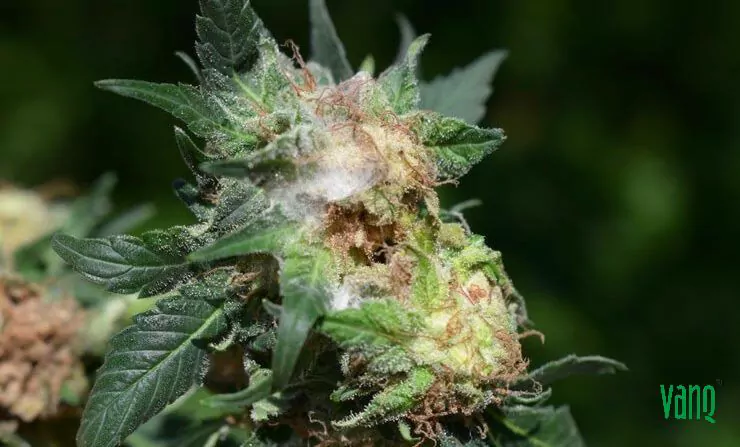For cannabis growers, mould on cannabis plants is very annoying and some precautions need to be taken when planting. Moulded leaves or flowers can grow quickly, the mulch will spread and eventually the whole crop will be bucket grass, whether you use it with hemp or to make hemp.
At the same time, it is not easy to immediately identify all the modified forms! Trained eyes will notice this, but we need to look at the different types of infestation in the overview. Just as we can easily identify mould on apples or peaches, we must learn to do the same with cannabis - this will help ensure a good harvest and protect us from mould spores, which are not always harmless.

What are the molds in cannabis?
Intrusion does not always look the same, has a different consistency and ultimately uses different methods to deal with it. In general, there are differences between the two types of mould:
Powdery mildew and mould: Anyone who loves gardening knows this from cannabis. The leaves look like dust on the shelf, but have not been wiped for months. This mould suddenly appears and spreads quickly, especially on cannabis plants that are not fully mature. Use a magnifying glass to get a good look!
Botrytis cinerea: It sounds like a horse, but it is a fungus found in cannabis buds and flowers, and its occurrence is mainly related to moisture. The signs are rotten leaves and drooping flowers with no vigour, so you need to spot it immediately. In this case, simply cutting the plant off will save it. Grey mould often occurs after heavy rain.
How does cannabis mold?
There are many reasons for this, and we do not need to go down to the molecular level. For example, mould due to moisture, such as after a downpour. Wind and ventilation when growing cannabis indoors can also play a role.
Well, it depends a lot on the temperature and ultimately the actual health of the plant. Some cannabis growers do not fertilise, fertilise and fertilise again, forget to water and do not leave spillages for a long time, all of which can lead to mould very quickly and reliably.
How to avoid mold when growing cannabis?
First, a distinction must be made between indoor growth (so-called indoor growth) and outdoor (hemp growers call it outdoor). Logical and logical naming methods can only cope with different loads of mold and mildew according to their respective farming methods.
Indoor cultivation of cannabis to control mold
Temperature control is essential. Fans, air conditioning, aerators and de-aerators - whatever you have in the modern room, you should use it when the hemp gets thicker! Keep the humidity under control and the temperature constant. Give the plants enough space to spread out and trim their leaves like flowers, so there is plenty of air between the plants.
Water the cannabis well, but don't overdo it, but also remember that fertiliser moulds have practically no livelihood.
Increase mold control of cannabis outdoors
Outside, we have little control over climate and temperature, so it is important to have enough space for growing, pruning, watering and fertilising. When choosing a planting site, make sure it is well ventilated and that there is a certain distance between plants.
Pruning will also help the lower part of the cannabis plant, allowing the air to cool and spread out, which is very beneficial to the cannabis family. It is also a good idea to shake the plants after a heavy rain so that the water can drain off and you can also see if the buds are broken or damaged anywhere - such cracks and injuries in cannabis are usually infested with mould spores.
Content reproduced from: VANQ

